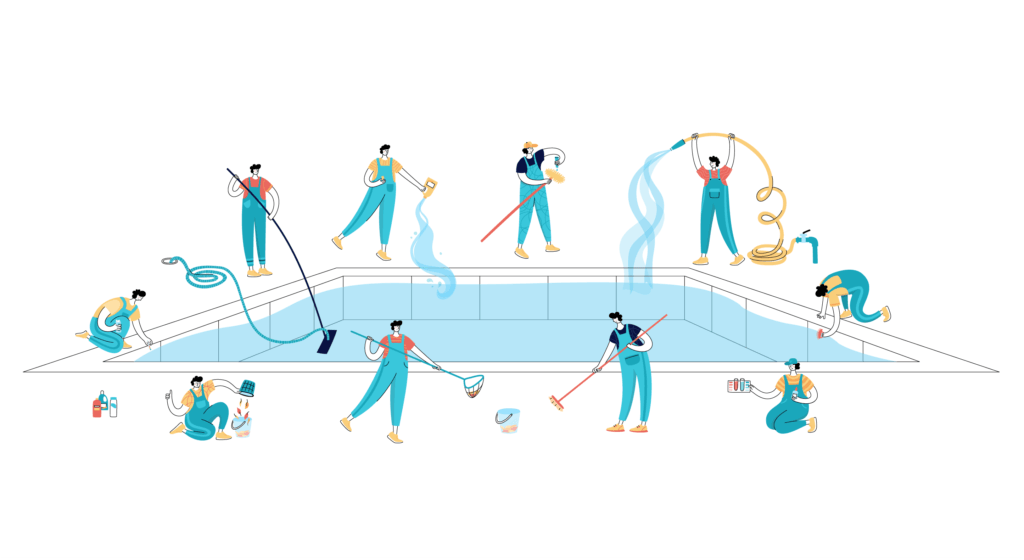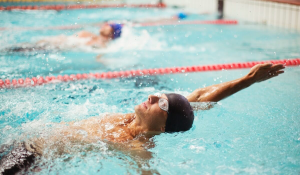Lately, it seems like the only thing aquatics operators can count on is change. From social distancing lifeguards to managing patron perception, aquatics operators have had to adapt in uncharted territory.
How exactly are the world’s leading aquatics facilities adapting to the new normal? By taking notice and taking action for the change that lies ahead.
Adapting to Patrons’ Expectations
We have entered a seismic shift that has changed patrons’ expectations. We all use our senses to determine how safe our environment is, and patrons shouldn’t smell a pool before they see it. What patrons used to tolerate, they won’t anymore. Making new facility improvements patrons cannot only hear about, but also experience will help facilities stay afloat.
Successful rec centers, YMCAs and JCCs have addressed these challenges to reopen and attract patrons back with improved air and water quality from advanced oxidation process (AOP) water treatment. There’s a common misconception that the “pool odor” comes from chlorine when in fact it’s chloramines — the disinfection byproduct (DBP) of chlorine — reacting to organic material like sweat, skin oils and urea. With proven DBP reduction up to 90%, patented hydroxyl-based AOP has made it possible for indoor aquatics facilities to achieve air quality that is fresher, healthier and more enjoyable for patrons and staff.
Doing More With Less
Our budgets are constrained, and aquatics operators have to find ways to maximize what they have while they have it. Even if it’s not broken, now is the time to fix it…
To learn more about how your aquatics facility can adapt and stay prepared for the future, read the full article in Community Rec Magazine.





